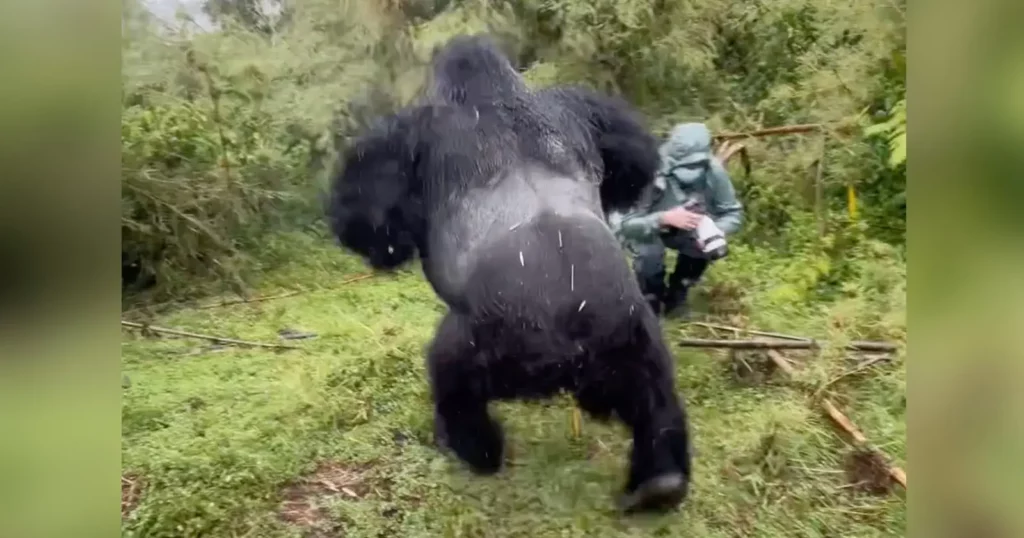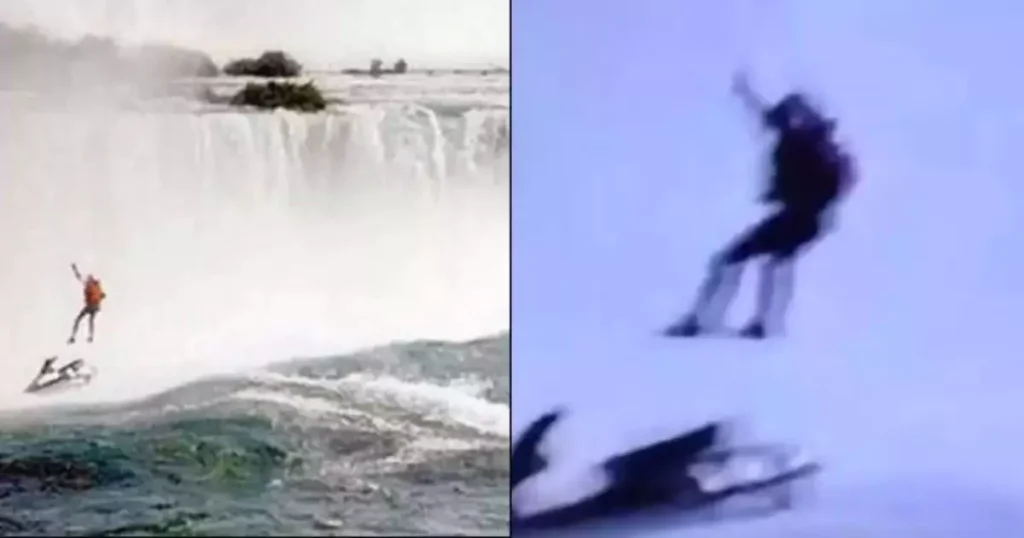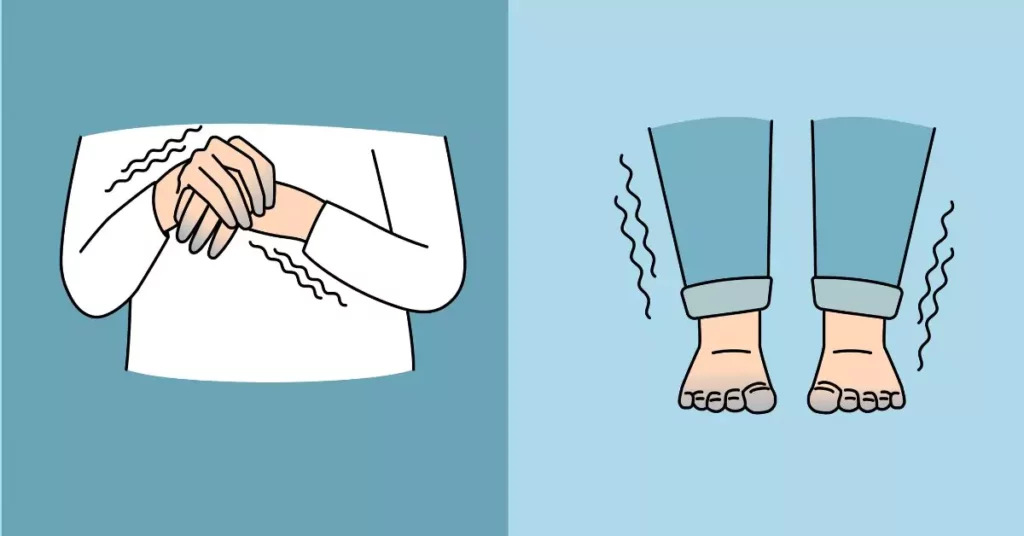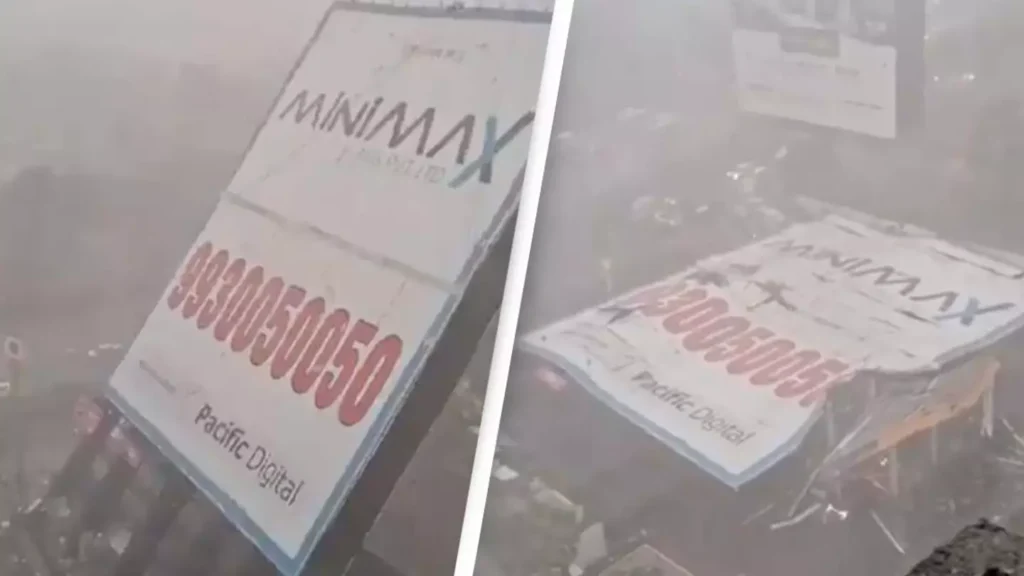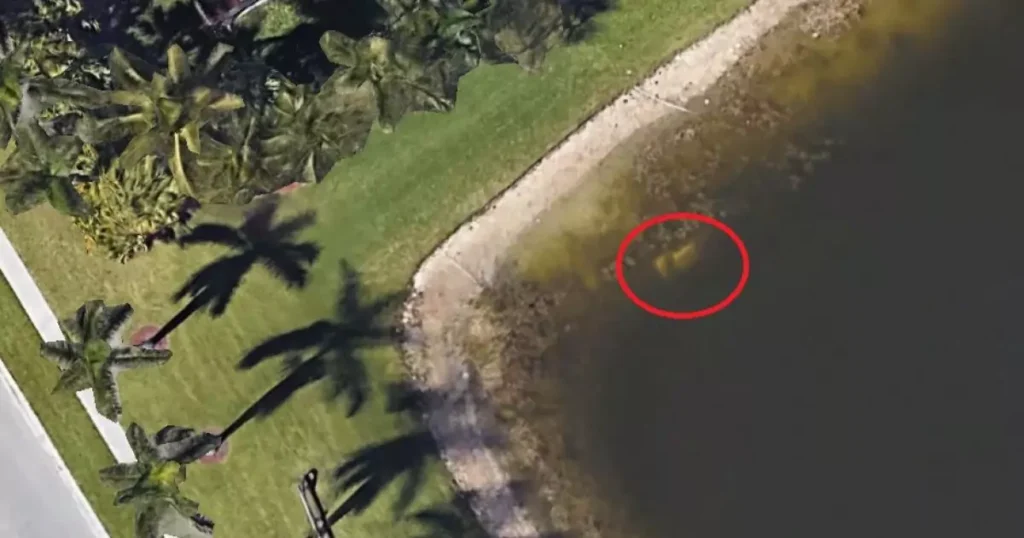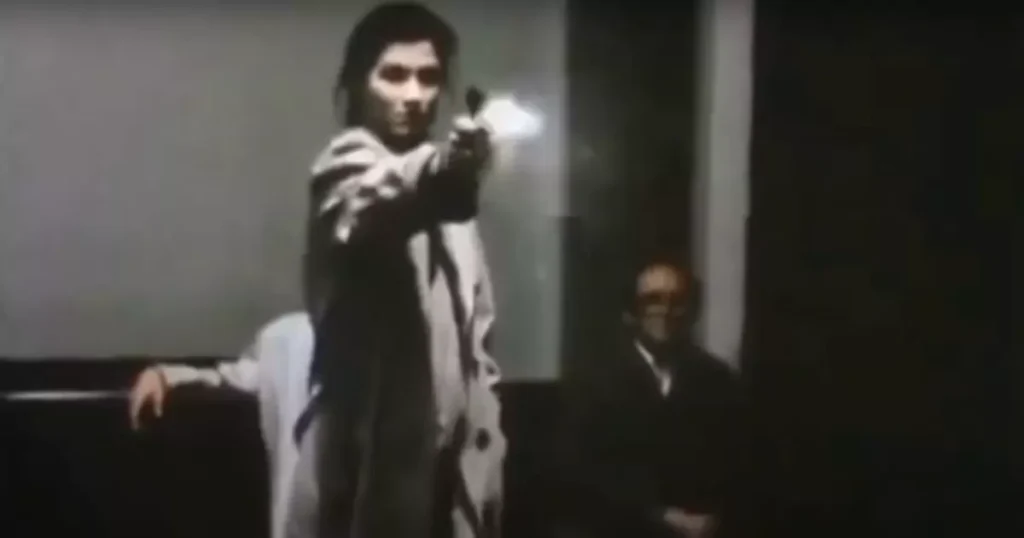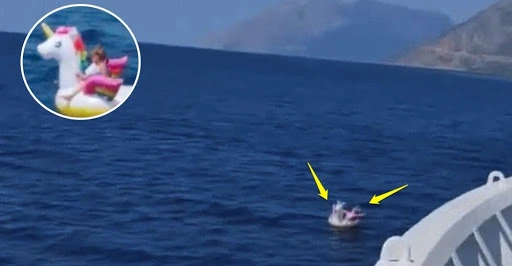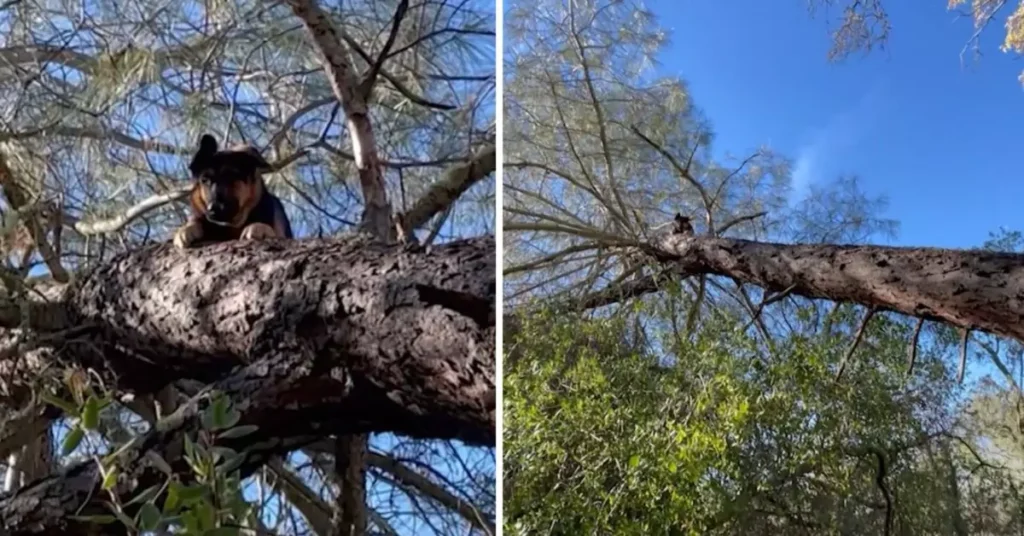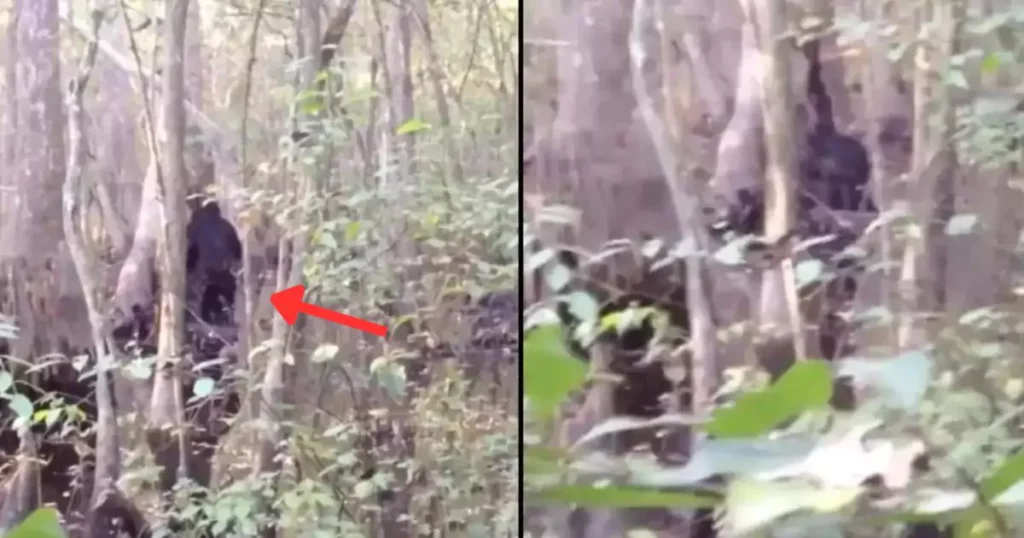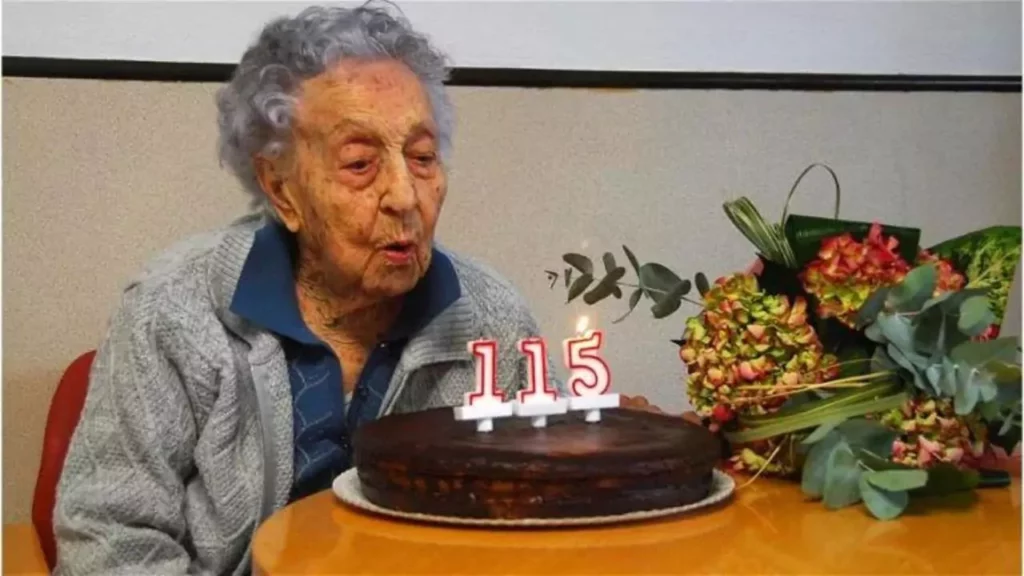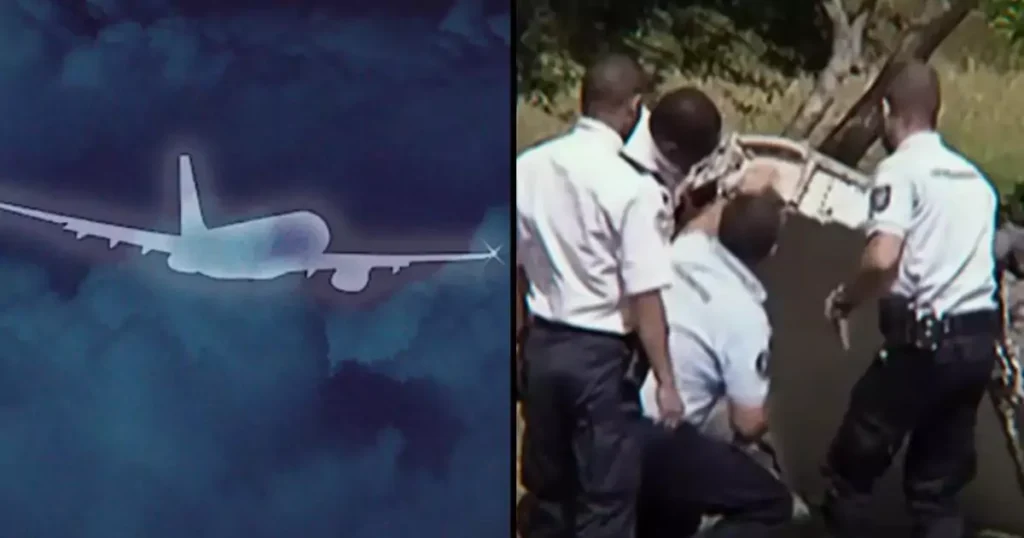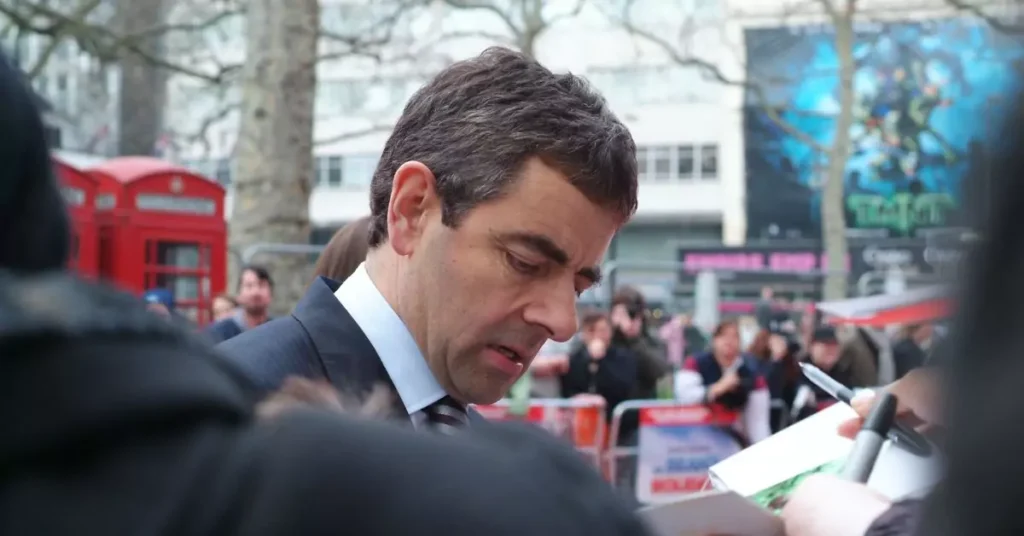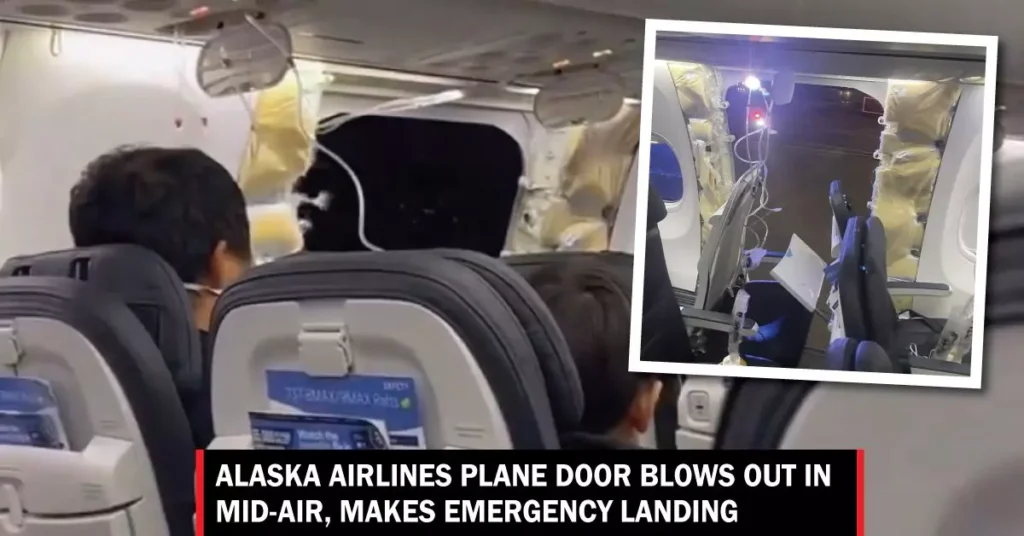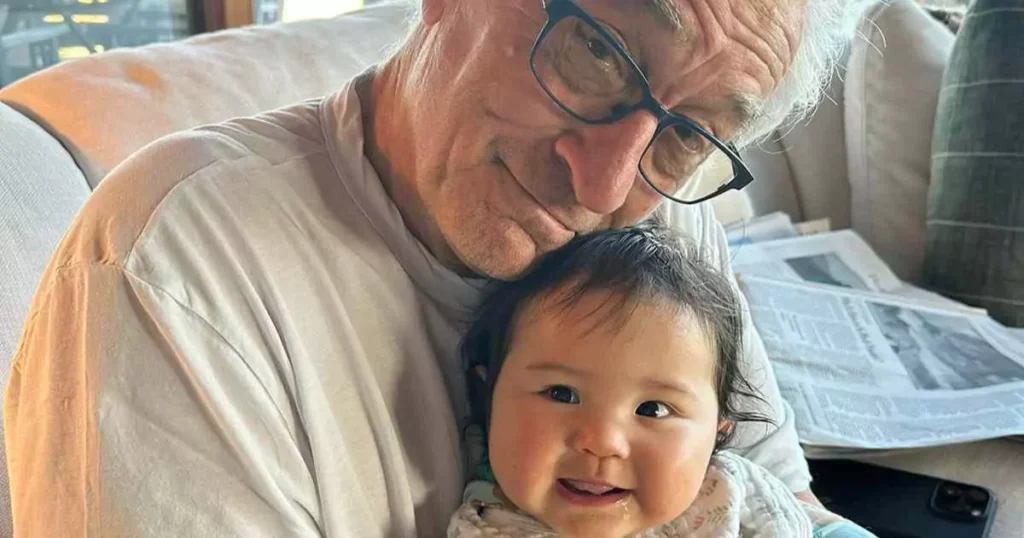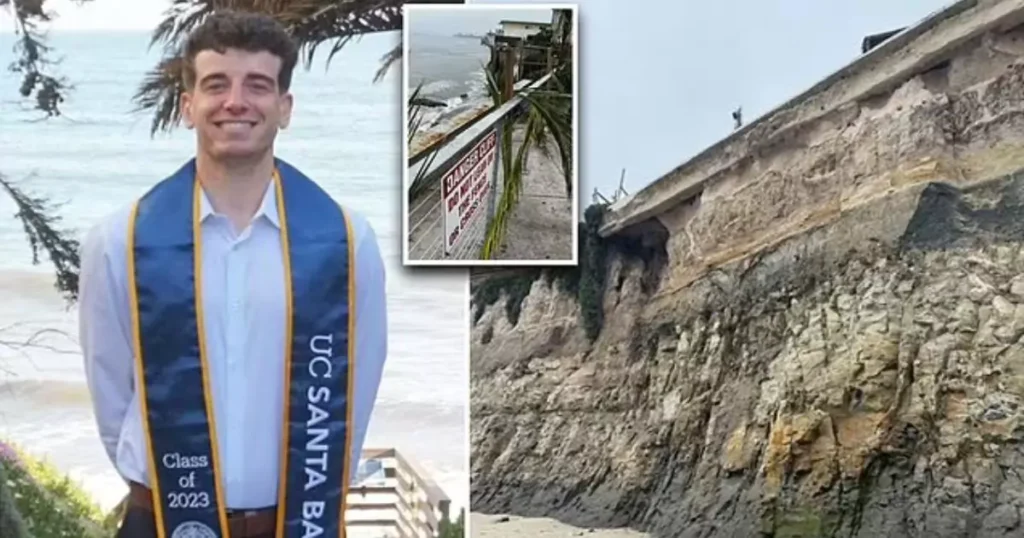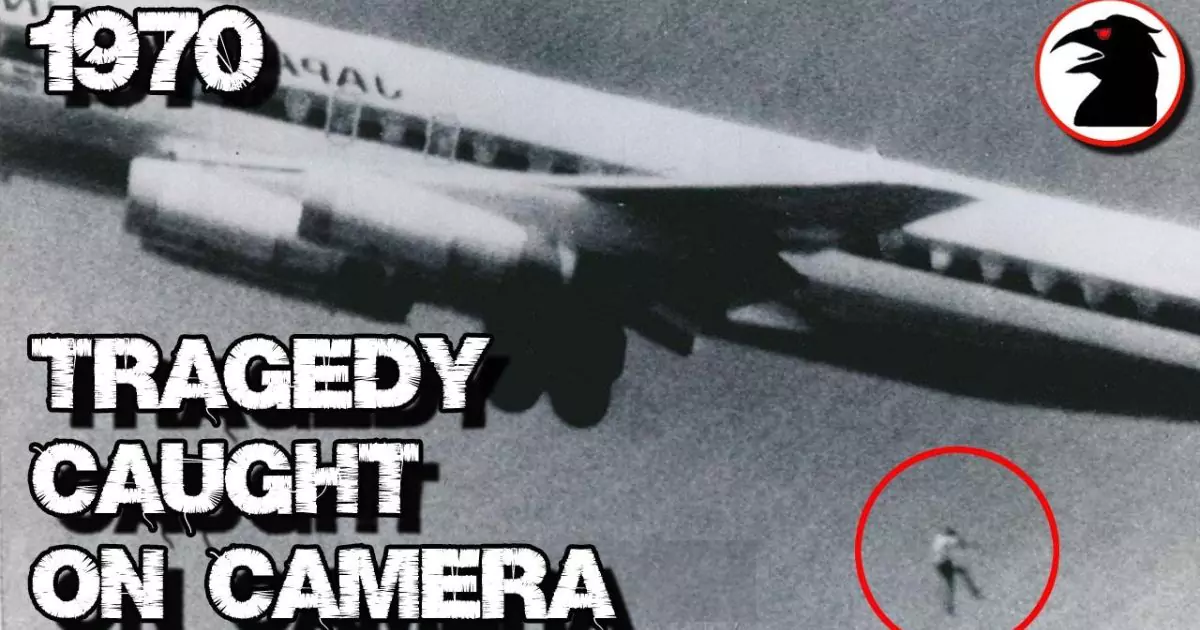
On February 22, 1970, a desperate act by 14-year-old Keith Sapsford ended in tragedy. The Australian teenager, driven by a thirst for adventure, snuck onto the tarmac at Sydney Airport and hid inside the wheel well of a Tokyo-bound plane. His daring but ill-fated decision led to a fatal outcome, captured in a haunting photograph by chance.
The Fateful Decision
Born in 1956 and raised in Randwick, a suburb of Sydney, Keith Sapsford was known for his curiosity and restlessness. His father, Charles Sapsford, described him as a boy with an “urge to keep on the move.” Despite a recent family trip aimed at quenching his wanderlust, Keith’s restlessness persisted, leading him to seek adventure in the most dangerous way possible.
Escape from Boys’ Town
To address Keith’s unruly behavior, his family sent him to Boys’ Town, a Roman Catholic institution in south Sydney known for its work with troubled youth. However, Keith’s wanderlust proved overpowering. Just weeks after arriving, he escaped and made his way to Sydney Airport. Despite the lax security of the time, he managed to sneak onto the tarmac and hide in the wheel well of a Douglas DC-8.
The Haunting Photograph
As the plane prepared for departure, amateur photographer John Gilpin was at the airport, taking pictures. Unbeknownst to him, his photos would capture Keith Sapsford’s final moments. It was only a week later, upon developing the film, that Gilpin realized he had inadvertently documented a tragic fall. The photograph shows a silhouette of a boy falling from the plane, arms raised in a desperate attempt to hold on.
The Tragic Fall
The plane took off with Keith hidden in the wheel compartment. As the aircraft climbed, the wheel compartment reopened to retract the wheels, and Keith fell approximately 200 feet to the ground below. His final moments were marked by a desperate struggle to cling to the plane, but the fall proved fatal.
Keith’s father, Charles, reflected on the tragedy, stating, “All my son wanted to do was to see the world. He had itchy feet. His determination to see how the rest of the world lives has cost him his life.”
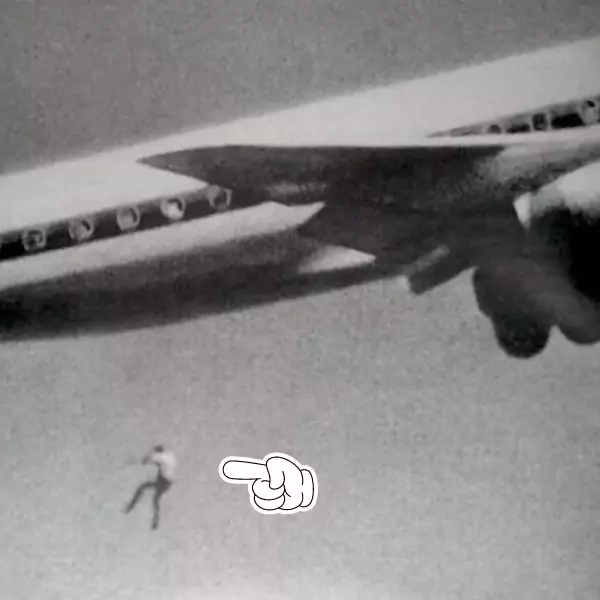
Investigations and Findings
After the incident, investigators found handprints, footprints, and threads from Keith’s clothes inside the wheel compartment. This evidence provided insight into his final moments. Even if Keith had not fallen, the extreme cold temperatures and lack of oxygen at cruising altitude would have been fatal. Keith was only wearing a short-sleeved shirt and shorts, making survival even less likely.
The Legacy of the Photograph
John Gilpin’s photograph of Keith’s fall remains a powerful and chilling reminder of the risks associated with stowing away. For retired Boeing 777 captain Les Abend, the act of stowing away in an aircraft’s wheel well is both foolish and desperate. Abend emphasized the perilous nature of such attempts, noting that “Any individual who attempts such a feat is foolish, ignorant of the dangerous situation — and must be completely desperate.”
Survival Statistics and Risks
The U.S. Federal Aviation Administration (FAA) reports that stowing away on aircraft is extremely dangerous, with only one in four stowaways surviving the journey. Those who do survive typically hitch rides on shorter flights at lower altitudes. Notably, survivors often face severe hypothermia and other serious conditions.
Statistics reveal that between 1947 and 2012, there were 96 recorded stowaway attempts in wheel compartments, resulting in 73 deaths and only 23 survivors. The risks associated with such attempts are significant, with extreme cold and lack of oxygen posing grave threats.
The Sapsford Family’s Grief
For Keith Sapsford’s family, the pain of their loss was compounded by the knowledge that Keith’s chances of survival were minimal. Charles Sapsford, grieving for the loss of his son, believed that even without the fall, the harsh conditions would likely have been fatal. Keith’s father passed away in 2015, still mourning the loss of his son.
Keith Sapsford’s tragic story, immortalized in a haunting photograph, serves as a sobering reminder of the extreme risks involved in stowing away on aircraft. His story underscores the need for robust security measures and public awareness of the dangers associated with such desperate actions.




